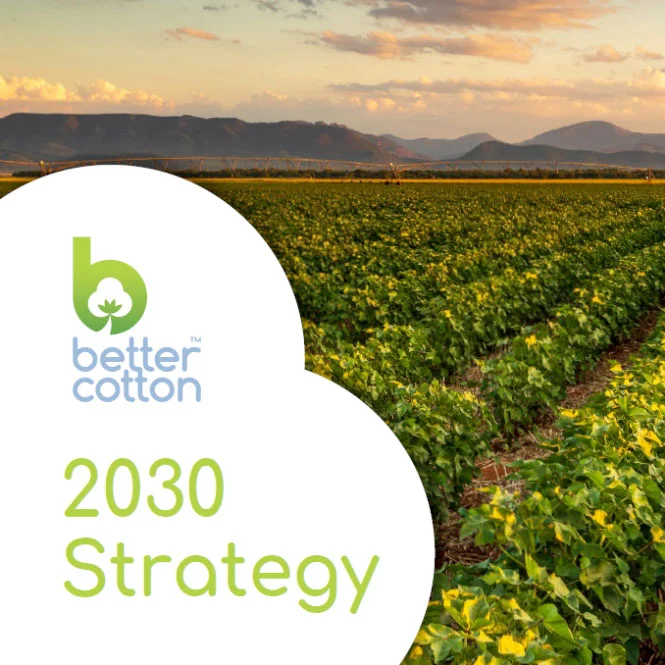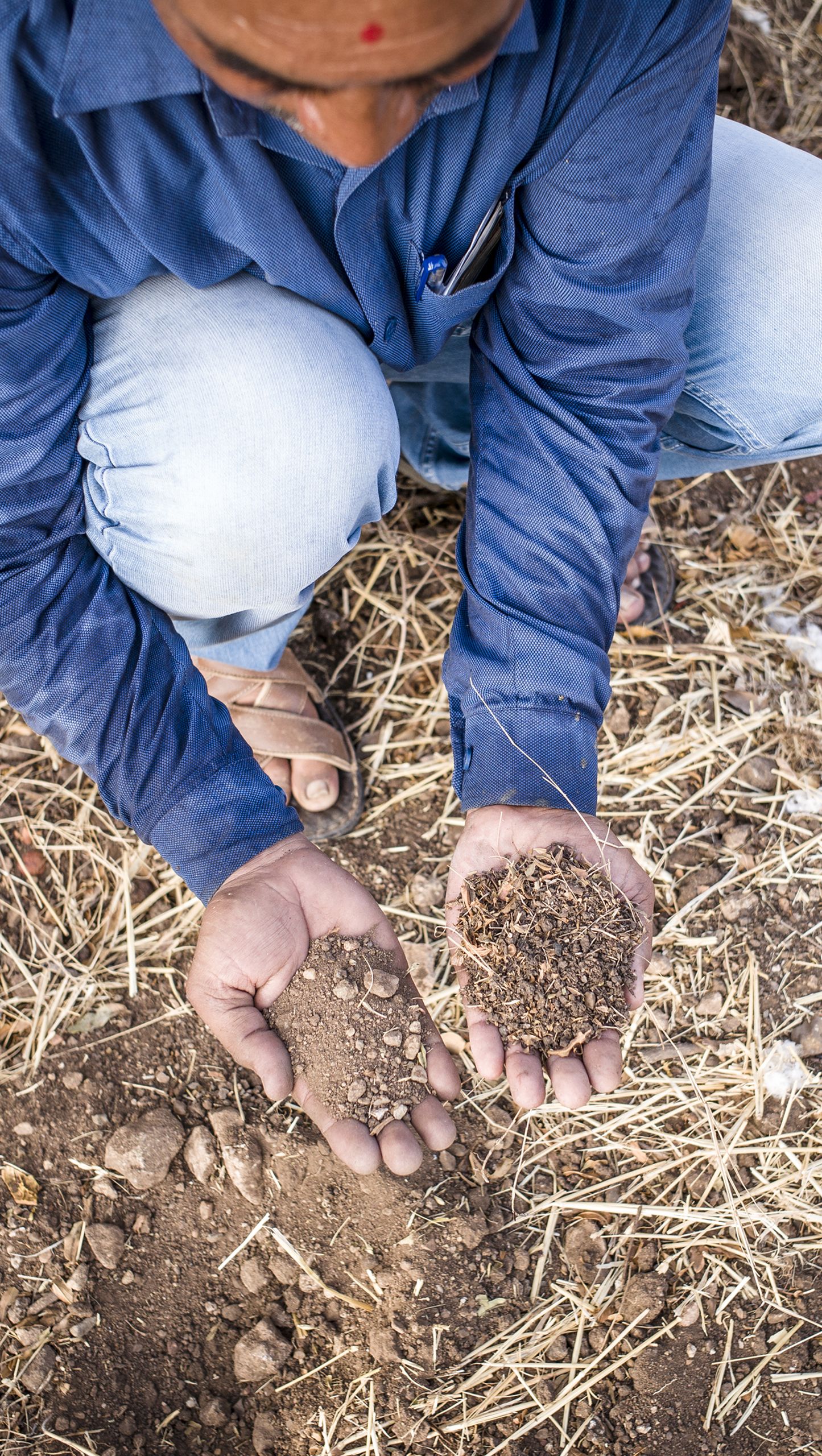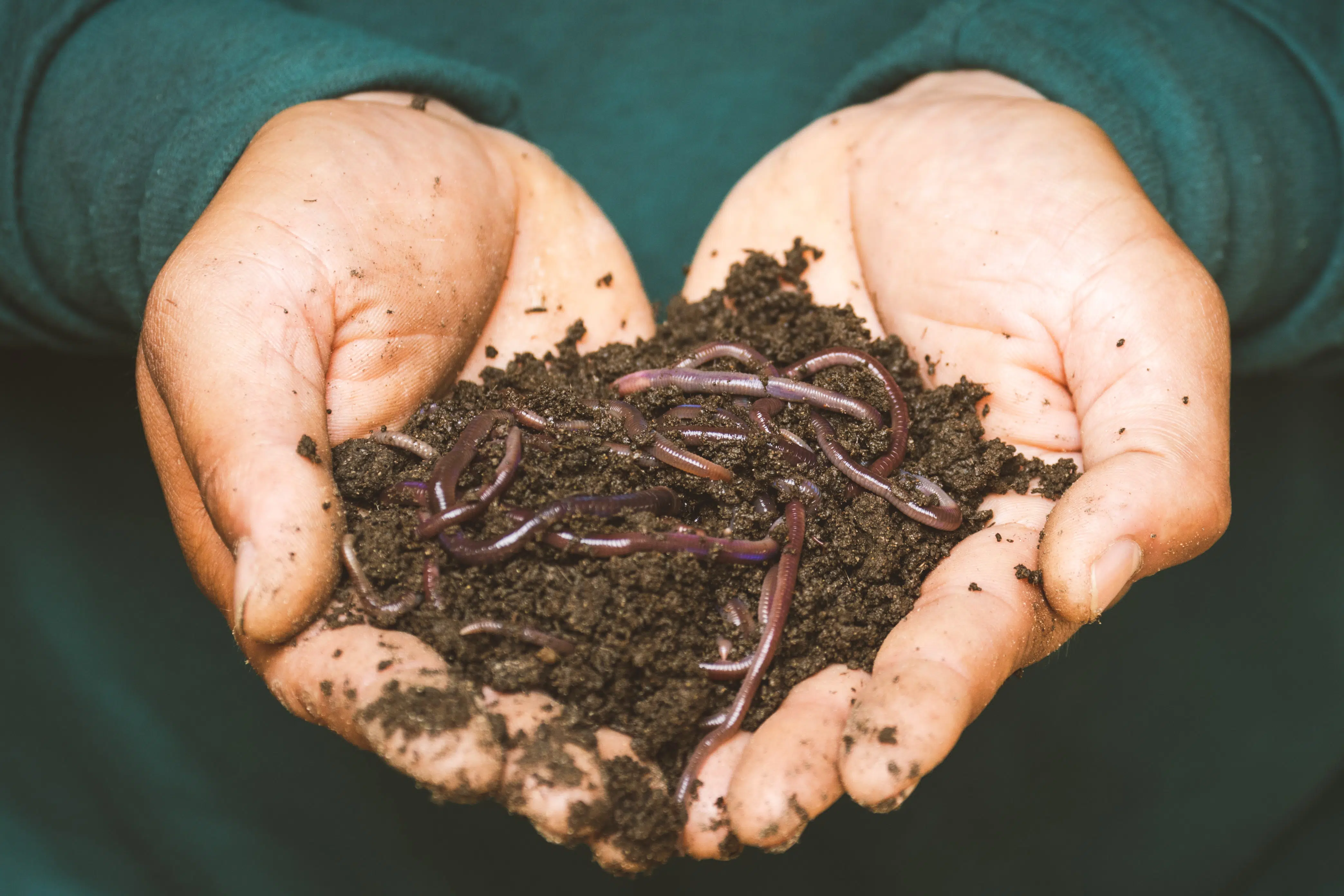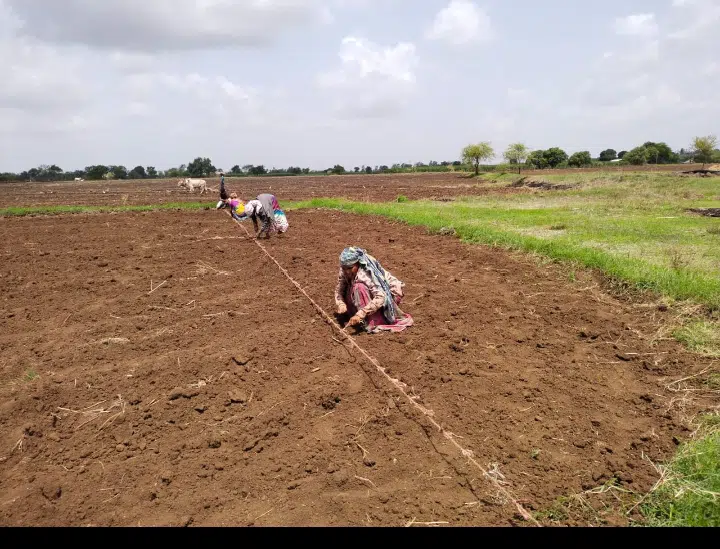- Who we are
- What we do
In just over 10 years we have become the world’s largest cotton sustainability programme. Our mission: to help cotton communities survive and thrive, while protecting and restoring the environment.
- Where we grow
Better Cotton is grown in 22 countries around the world and accounts for 22% of global cotton production. In the 2022-23 cotton season, 2.13 million licensed Better Cotton Farmers grew 5.47 million tonnes of Better Cotton.
- Our impact
- Membership
Today Better Cotton has more than 2,700 members, reflecting the breadth and diversity of the industry. Members of a global community that understands the mutual benefits of sustainable cotton farming. The moment you join, you become part of this too.
- Associate Membership
- Civil Society Membership
- Producer Organisation Membership
- Retailer and Brand Membership
- Supplier and Manufacturer Membership
- Find Members
- Member Monitoring
- Better Cotton Platform
- myBetterCotton
- Resources – Better Cotton Conference 2022
- Complaints
- Whistleblowing
- Safeguarding
- Get Involved in the Better Cotton Programme
- Thank you for contacting us
- Better Cotton’s Data Privacy Policy
- Log in
- Members’ Area
- Request for Proposals
- Better Cotton Cookie Policy
- Web Reference
- Measuring Cotton Consumption
- How to Implement the Chain of Custody Standard
- Resources – Better Cotton Conference 2023
- Certification Bodies Old
- Latest
- Sourcing
- Latest
The founding premise of Better Cotton is that a healthy sustainable future for cotton and the people that farm it is in the interests of everyone connected with it.
Let us help you find what you’re looking for
Results for {phrase} ({results_count} of {results_count_total})Displaying {results_count} results of {results_count_total}
Through our Soil Health Series, we’ve been exploring all the ways soil is crucial to sustainable cotton production. From increasing productivity and yields to capturing carbon, soil is the foundation of farming and a vital part of our work at Better Cotton.
With our 2030 Strategy and revision of the Better Cotton Principles and Criteria (P&Cs), we have been going further to prioritise soil health in our programme. Soil health is one of five impact areas identified in our Strategy, and we have been working hard to develop the associated soil health targets and indicators. In addition, we are working to introduce new requirements that will strengthen our approach to soil health in our P&Cs.
Soil Health Indicator and Target Setting
Each of the five impact areas in our 2030 Strategy will have a target accompanied by one or more indicators to monitor and measure progress made on farms. These will help us focus our work and build momentum for change at scale.
Selecting and setting an appropriate target for soil health is an industry wide challenge. Soils are incredibly complex; they are living systems and because of this there is a lack of scientific consensus on a single measure by which we can comprehensively assess and monitor soil health.
To help us define the concept of soil health, identify relevant indicators, and ensure our approach is scientifically sound and credible, over the last few months we have been working with the consultancy SalvaTerra. SalvaTerra began by looking at the FAO definition of soil health, which emphasises four key aspects at the heart of soil dynamics: mineral composition, organic matter content (SOM), biodiversity and associated biological activity.
From the definition and other research, SalvaTerra identified Soil Organic Carbon (SOC) – the more readily measurable portion of SOM – as a useful way to assess overall soil health. Among other things, high levels of SOC promote biodiversity and fertility and filter water to support healthy, thriving crops. There is also a significant link with climate change mitigation, as soils are an important store of carbon in a world facing a climate crisis. As a result, there is an opportunity to link SOC with payments for ecosystem services. We recognise that we need to be very cautious about this approach and the validity of associated claims, however.


We are now assessing the suitability of different approaches which could allow us to monitor changes in SOC at scale across the countries we work in. The options include direct soil sampling and monitoring the adoption of sustainable soil management practices, which are evidenced to increase SOC. Each approach has its strengths and weaknesses, and we are currently exploring these further. Alongside talking to soil scientists, experts, farmers and partners, we are also gathering baseline data in several Better Cotton programme countries.
Using this information, we plan to publish our soil health target and indicator towards the end of 2022.
Revision of Soil Health in the Better Cotton Principles and Criteria
Another way we’re working to strengthen our approach to soil health is through our revision of the Better Cotton Principles and Criteria (P&Cs), which sets out the global requirements that all producers must meet in order to be licensed to sell Better Cotton. With the revision, we aim to align the P&Cs with Better Cotton’s 2030 Strategy and aim to ensure that the licensing requirements remain relevant and effective to bring sustainable change at field level. As such, this is a key driver for Better Cotton to reach its ambitious 2030 Strategy and related aims and targets.
The revised P&Cs will mark an important shift of focus for soil health, as we move away from having requirements around soil health plans, towards requirements on actual practice adoption and outcomes. This approach sets a new, strong focus on the implementation of practices related to the key pillars of regenerative and climate smart agriculture while also strengthening requirements around fertiliser use.
While the requirements will be kept broad enough to apply on a global level, they will be accompanied by local implementation guidance to address the significant differences between the different cotton growing regions – allowing all Better Cotton Farmers to embark on this journey towards improved soil health, no matter what their starting point is.
The revision of the P&Cs will continue into 2023 and we will be starting a two-month public consultation period on Thursday 28 July. Find out more and take part.





